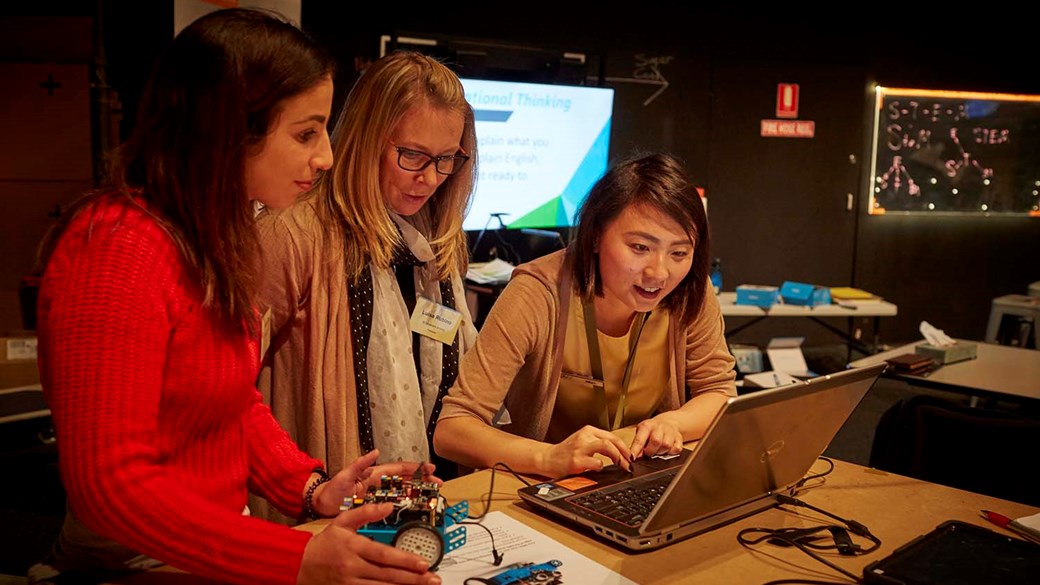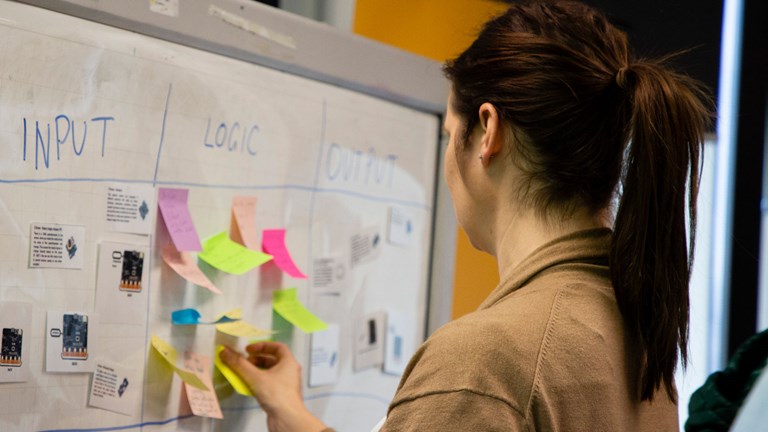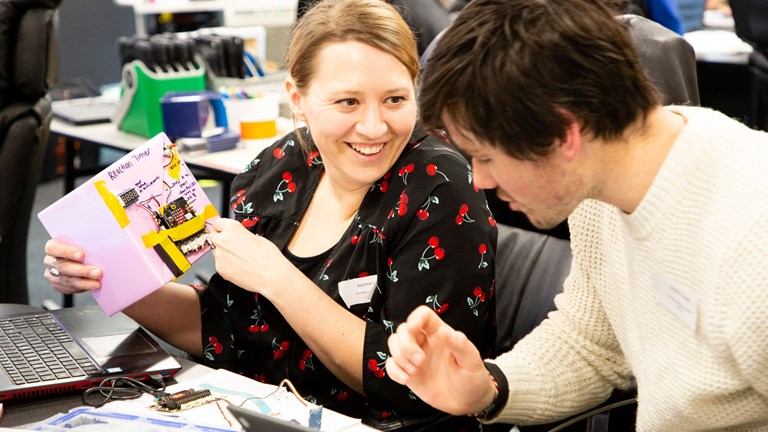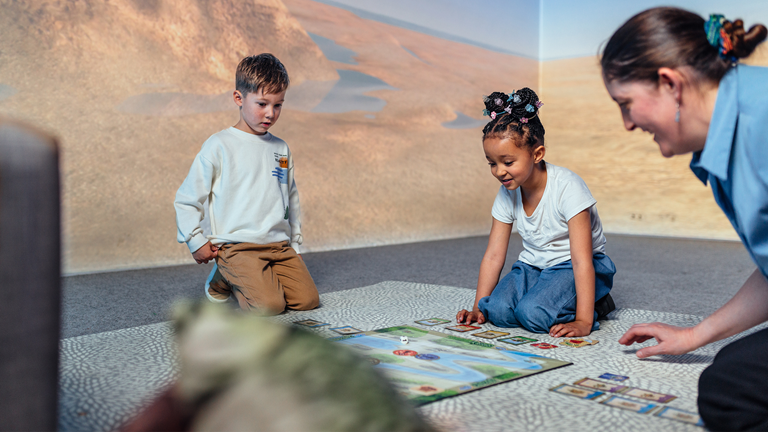
Museums Victoria professional learning for teachers
Access Museum Victoria's staff, expertise and resources for your next professional learning opportunity at Melbourne Museum, Scienceworks, Immigration Museum or online. Take advantage of our unique expertise and award-winning exhibitions and facilities.











